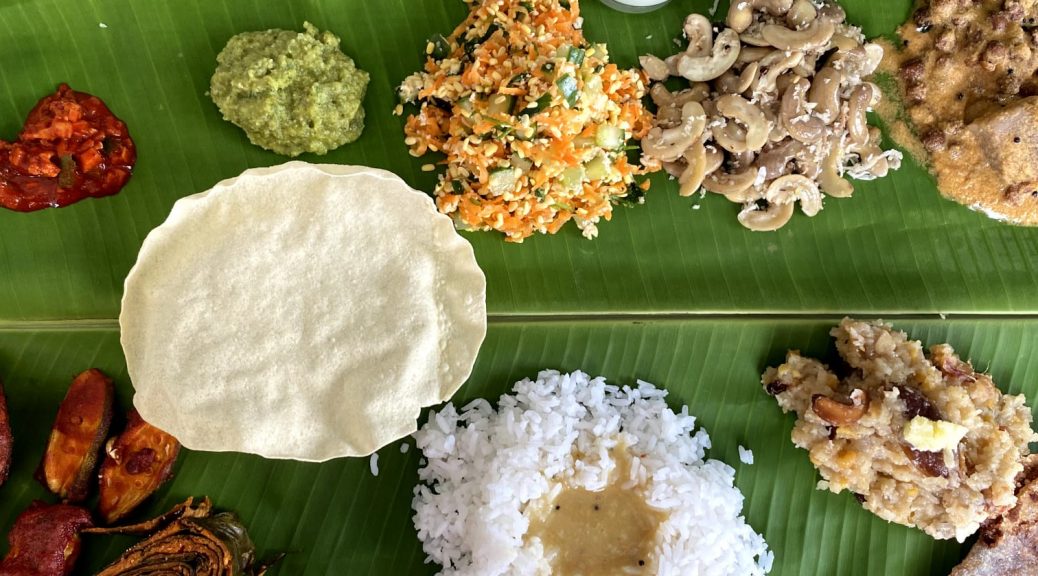“Laughing at your mistakes can lengthen your life” - Shakespeare
A good way to build a good appetite before dinner is to take a walk. This has been our routine for god knows how long. It is not just about burning a few calories and more about exercising your taste buds.
Confused? Let me explain.
Although barbecues and kitchens are out of sight, there is always that aroma in the still air. Hanging long enough to give hidden clues about what is cooking in the house. This aroma is more pronounced when barbecues are fired up. While the sources are hidden in backyards, a whiff of smoke fills the entire neighbourhood and that aroma stimulates appetite. I can almost guess who is cooking chicken, who is cooking sausages and for that in a multicultural neighbourhood like ours even tandoori chicken.
Today propane has been the go to source of heat for neighbourhood barbecues. But we do still occasionally get that aroma of old fashioned charcoal. With manufacturers putting all the bells and whistles, propane bbq’s have become one stop outdoor kitchens. These are fancy, fashionable and easy to light grills.
Call me old fashioned, or ancient, but to me the charcoal BBQ still reigns supreme as far as delivering the mood and the flavour of the food. There is something special about that gentle struggle to light charcoal and then fighting to keep the coals alive. It contributes to that spirit of cooking in the wild.
Charcoal might be an ancient fuel but it still has a place in modern times. I agree charcoal is dirty to handle, it can be hard to light, it takes longer to get up to temperature, and there can be flare ups that can burn food. It is hard to tell what temperature you are cooking at, it is hard to turn down the temperature rapidly. If you do not give charcoal enough oxygen it can deposit soot all over your food and there is ash to clean up. So what is about that unique charcoal smoke that has drawn generations to outdoor cooking? I decided to find out.
The starting point of charcoal is wood, a useful fuel because it is full of molecules that can react with oxygen and give out heat in the process. Wood is the internal storage system of the tree and the scaffolding that holds the tree. The internal serum flows through a system that nourishes the tree and holds the tree up for many years. The strength of the tree comes from cellulose, lignin and long molecules with carbon backbones that form a thin wall around every cell in the tree. These molecules are what makes wood a fuel.
When you start to heat wood with fire the first thing that happens is water evaporates. As the temperature rises to 400 or 500 degrees fahrenheit, cellulose and lignin start to break down but do not burn yet. The heat causes the other molecules in the wood to escape as gases and these burn in the air just above the wood surface. These are the flames you see as burning wood. As the burning continues and the wood temperature rises further, the lignin and cellulose breakdown further, and all the mobile molecules evaporate and join the flames. What is left is pure carbon and that is the most potent fuel. When it burns, the carbon reacts to turn into carbon dioxide. There is no smell but a lot of heat.
Charcoal briquets are mostly carbon. The point of charcoal is to skip to the final step. In the commercial process of making charcoal, burning takes place in large concrete silos with limited oxygen. It pushes wood through all the stages, stopping at the point where mostly only carbon remains. .
This “lump charcoal“ burns hot and fast. Barbecue enthusiasts often use briquettes, which are made from powdered sawdust charcoal and then pressed into bricks with a binder. They are slower burning and more predictable.
Who would have thought that the authentic and appetizing aroma of charcoal is remnants from the tree?That is the story of science and charcoal. On the metaphysics side, there is something to be learned from that tree. Panchmahabhutas came from earth, nourished with water, then fire, air and went into ether (akash) with smoke. The volatile molecules that survive the final barbecue also flavour our food, not to mention add “ bon appetit” , stimulating scents on a pleasant summer day.
Summer is a short and happy barbecue season for my Konkani Bandhwas. Finally, drop me a line if I have succeeded in converting you from propane back to a charcoal barbecue.
Something to think about, ”real men do not use recipes, they use BBQ.”
As for the BBQ quiz, what is the BBQ capital of the world?
About the author…
Madhav Shanbhag holds a Ph.D in biochemistry. In his retirement, he enjoys encouraging budding entrepreneurs and imparting the wisdom of our rich culture…

